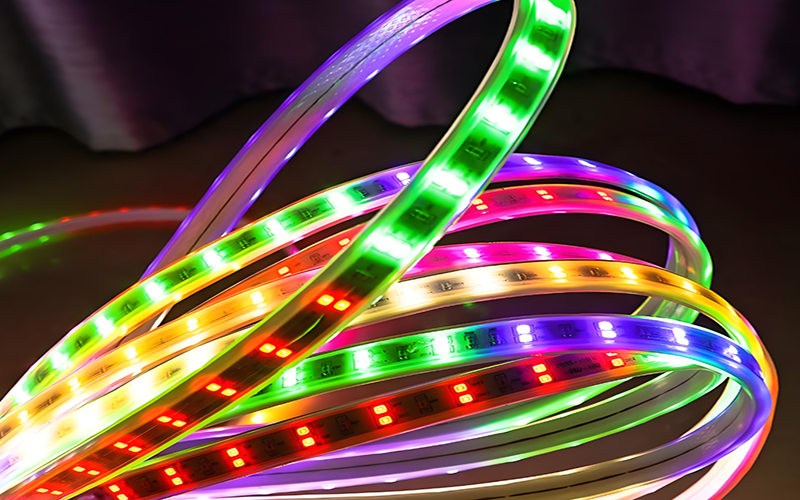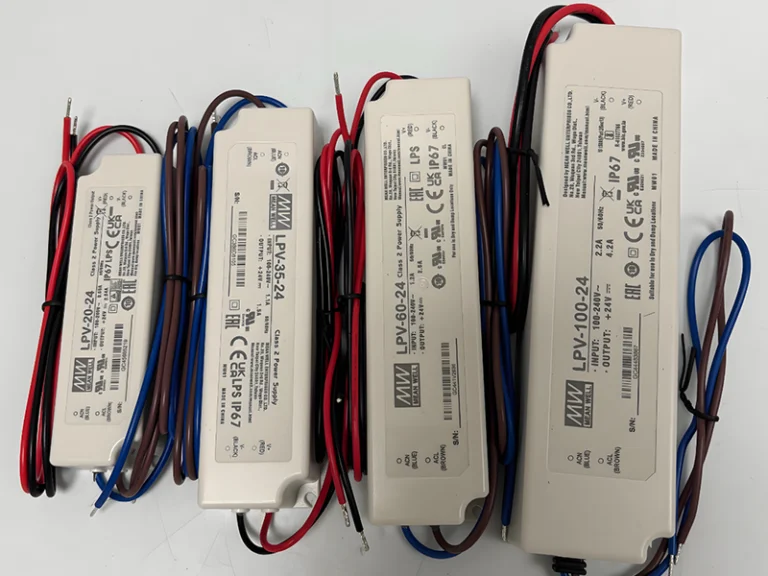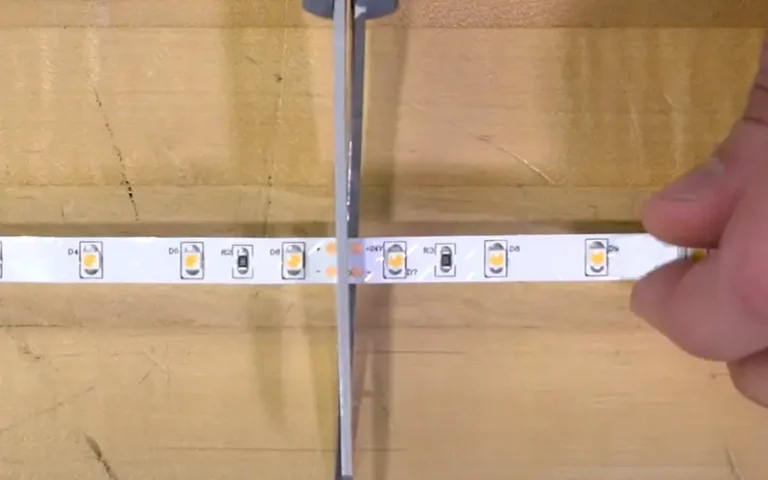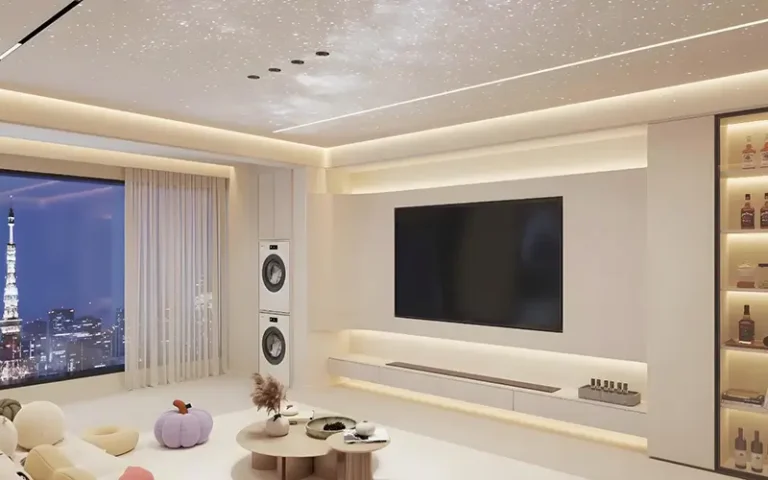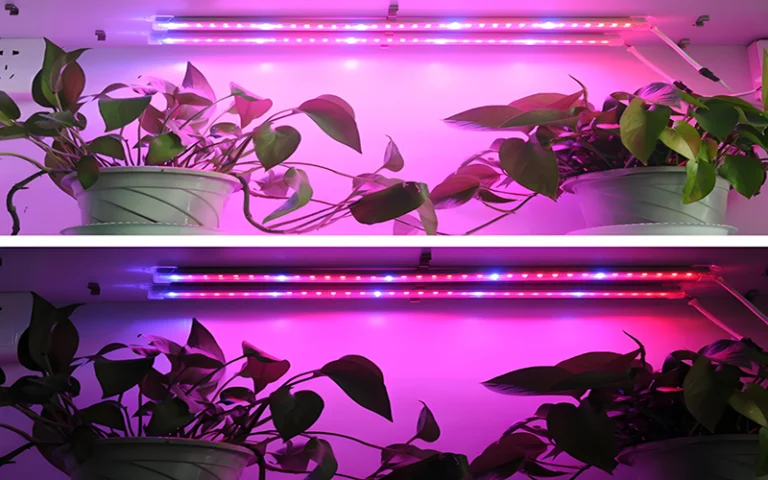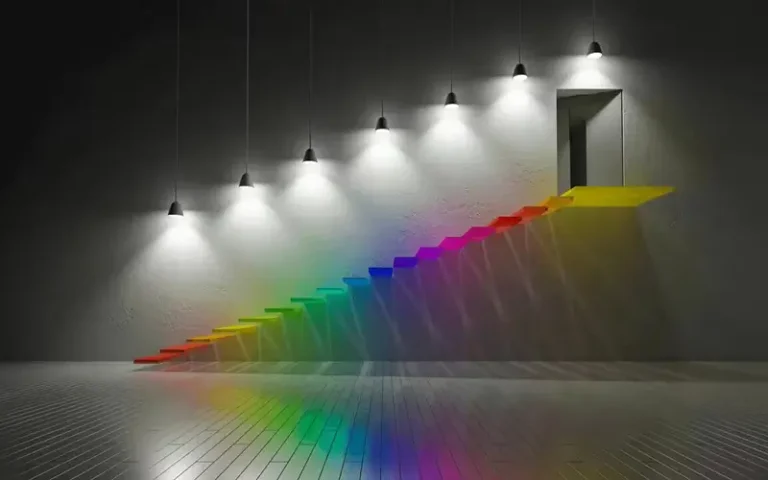How to Fix Flickering LED Strip?
Have you ever experienced a flickering LED strip? The first thing you would think of is a quality issue. So this is an annoying and unsightly problem, and it is often suspected that the quality of the LED light strip is the main problem. But in fact, this problem can be caused by a variety of factors, including incorrect wiring, insufficient power supply, signal interference, or defective LED components. In this comprehensive guide, we will dig into the root causes of flickering LED strip lights and how to fix flickering LED strip.
What Causes LED strips to Flickering?
LED strip flicker occurs when light output fluctuates when we light up the strip, creating an inconsistent visual effect. This can be caused by the following reasons: more details, pls also check Why are My LED Strip Lights Flickering?
- Power Supply Issues: When connected to a power source, unstable or insufficient power can affect LED performance.
- Loose Connections: Poor or loose wiring can also cause inconsistent power delivery.
- Incompatible Dimmers: Choose compatible accessories, such as dimmers and controllers. Some dimmers may not work well with LED strips, causing flickering.
- Voltage Drops: Unstable voltage or reduced voltage can have an impact. Longer LED strips or thin wires can cause voltage drop, which can lead to uneven lighting.
- Product quality: If the product and raw materials are of low quality, LED light strips may have flickering issues.
How to Check and Fix LED Strip Flickering?
We can check it in the following ways, check what it means step by step, and then solve the problem according to the situation.
Check Connections and Wiring
When we fix LED strip flickering, the first thing we need to check is the connection. Faulty or loose connections are one of the most common causes of flickering in LED light strips. Check the following:
Key Areas to Inspect
- Connection Points: Check all splices and power points where wires or connectors meet. Loose connections can cause inconsistent power delivery, which can lead to flickering. Also, check for signs of corrosion, especially in humid or outdoor environments. Corroded connections can impede the flow of electricity.
- Wiring Quality: Examine the wires for any frays, cuts, or visible damage. Damaged wires can interrupt the electrical current and lead to uneven lighting. Wires with poor insulation may also short circuit, causing more severe issues.
- Polarity Issues: LED strips are polarity sensitive, which means the positive and negative terminals must be aligned correctly. You cannot connect them in reverse, as this may cause the LED strip to not light up, which may then cause flickering.
How to Fix LED Strip Flickering Connection Issues
- Use Proper Connectors: If you’re going to use quick-release connectors and splices, buy high-quality connectors designed for LED strips. These connectors ensure a secure, reliable connection that won’t loosen over time.
- Repair or Replace Wires: If you notice damaged wiring, replace it with appropriately rated wires for your LED setup. Ensure the replacement wires match the voltage and current requirements of your system.
- Secure Connections: After repairing or replacing components, double-check all connections. And make sure they are secure and properly aligned.
Insufficient or Faulty Power Supply
LED strips are low voltage 12V and 24V and need to be connected to a power supply. Be sure to select a power supply with the right voltage and power. In addition, a stable power supply with sufficient capacity is required. An insufficient or overloaded power supply may have difficulty providing a stable current, resulting in flickering.
Why Power Supply Issues Cause Flickering:
- A weak or overloaded power supply may deliver fluctuating voltages, causing inconsistent brightness.
- Faulty power supplies may intermittently cut off current, leading to flickering.
- Incorrect voltage settings can also damage the LEDs or cause irregular performance.
How to Troubleshoot:
- Calculate power requirements: Calculate the total power consumption of your LED strip setup (watts per meter of strip × total length) and make sure the power supply exceeds this requirement by at least 20-30%. This buffer prevents overloading the power supply.
- Test Voltage Output: Use a multimeter to measure the output voltage of the power supply. It should match the LED strip’s rated voltage (e.g., 12V or 24V).
- Replace a faulty unit: If the power supply shows irregular readings or does not continuously provide the required voltage, it is still important to choose a high-quality LED power supply. This will ensure normal operation.
Ensure Compatibility with Dimmers
When choosing a power supply and a dimmer, you need to select compatible accessories. All dimmers are compatible with LED strips. Using an incompatible dimmer can produce inconsistent lighting, especially when adjusting brightness levels.
Common Issues with Incompatible Dimmers:
- Not all dimmers work with LED light strips. Dimmers designed to operate differently than dimmers required for LEDs can cause flickering or uneven dimming.
- Incompatible dimmers may not properly manage LED current, resulting in inconsistent lighting.
How to Resolve:
- Check Specifications: Confirm that the dimmer is compatible with the LED strip. You need to ask in advance if the dimmer is compatible.
- Use PWM Dimmers: Pulse-width modulation (PWM) dimmers are designed for LED lights and provide smoother dimming without flickering.
- Test Brightness Levels: Adjust the dimmer setting to identify any anomalies in brightness. If flickering occurs, replace the dimmer with a compatible model.
Mitigating Voltage Drops
When connecting long LED strips, voltage drop will occur. And voltage drop is a big problem. Voltage drop occurs because the current loses intensity when it flows in a long wire or LED strip. This is especially common in installations with long LED strips or thin wires. The result is uneven brightness or flickering, especially at the ends of the strip.
Why Voltage Drops Happen:
- Long Runs: The farther electricity has to travel, the greater the resistance, which reduces voltage.
- Thin Wires: When we choose thin wire, the wire with insufficient thickness has higher resistance, resulting in voltage drop.
- High Current Draw: More powerful LED strips require higher currents, exacerbating the issue ifwires are inadequate.
How to Fix Voltage Drops:
- Shorten Length of LED Strips: For example, a 24V LED strip can only be used in a 10-meter strip at a time, and both ends need to be connected to a power supply. So you divide the long strip into smaller sections and power them separately to reduce resistance.
- Upgrade Wiring: Use wires with a lower gauge (thicker wires) to minimize resistance and maintain voltage consistency.
- Power Injection: Add supplementary power supplies at intervals along the strip. This approach ensures that all sections of the strip receive adequate voltage.
LED Strip Quality
Sometimes, LED strip flickering is not caused by external factors, but by the LED strip itself. Manufacturing defects, damage during installation, or aging components can all lead to LED failure.
Signs of LED Strip Defects:
- The flickering occurs on only a few LEDs.
- Individual LEDs appear dim, discolored, or completely unlit.
- No other problems are found, but the flickering persists.
Solutions for Defective LED Strips:
- Test with a Reliable Power Supply: Connect the strip to a known working power source to confirm whether the strip is defective.
- Replace Faulty Sections: Many LED strips allow for section replacements. Identify the defective portion and swap it with a new section.
- Upgrade to Quality LED Strips: If defects are widespread, consider replacing the entire strip with a high-quality product from a trusted manufacturer like ESSENLED.
When the LED light strip itself is found to have quality problems, the defective LED light strip should be replaced in time to restore consistent lighting and avoid further complications.
How to Choose the High-quality LED Strips?
The quality of components used in your LED strip setup can significantly impact performance and reliability. Low-quality parts are more likely to fail, resulting in flickering, uneven brightness, and reduced lifespan.
Benefits of quality components:
- Premium materials: High-quality strips use better diodes and PCBs, which reduce the risk of defects.
- Enhanced heat dissipation: Proper heat management ensures longer-lasting and stable performance.
- Consistency: High-quality components provide uniform brightness and color output without flickering.
Choosing components from a reputable manufacturer like ESSENLED LED strip ensures durability and performance. With a warranty of up to 5 years, investing in high-quality parts minimizes the possibility of flickering and other common issues.
Conclusion
When we find and fix that the LED strip flickering, we need to check the above problems and fix them one by one. Generally, these problems can help you better understand why the LED light strip flickers and how to deal with this problem.

